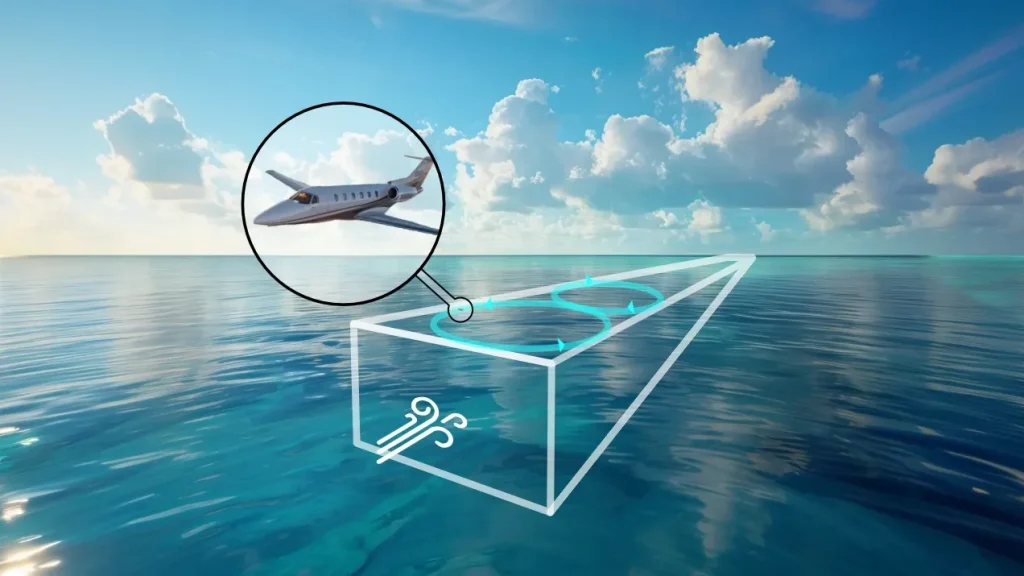GeoRestoration is a concept for the rollback of environmental destruction committed by mankind since the Industrial Revolution. GeoRestoration is not only a concept, but also a concrete plan. It is what we call the GeoRestoration Action Plan (GRAP).
GeoRestoration Action Plan (GRAP)
GRAP aims at the dispersion of ferric chloride particles from small planes/drones over iron-poor, subtropic oceans at an altitude of 2.000 – 4.000 m.
Planes
The following planes are possible candidates for the dispersal of Iron-III-chloride :
Locations
GRAP works best over subtropical oceans, where precipitation is low (white and blue areas on map).

Climatological annual mean precipitation (mm/day) for 1979-2010. (Climate Data Guide; D. Shea)
Possible locations / airports could be :
Impact
The impact of GRAP on the environment is threefold.
- The particles serve as Cloud condensation nuclei (CCN). Compare MCB as mentioned above.
- Iron(III)-Chloride is a catalyst which helps nature remove methane and ozone from the air. In industry and municipal facilities it is in use for cleaning waste-water. Compare AMR in Wikipedia, and refer to our homepage for more complete information on Enhanced Atmospheric Methane Oxidation.
- Iron is a fertilizer which helps plants as well as phytoplankton grow. These plants/algae consume atmospheric CO2 in a process named photosynthesis. Compare OIF above.
According to our preliminary calculation it would be possible to reduce atmospheric methane levels by 60% (from 1.9 ppm to 0.7 ppm) with 40 – 60 planes starting from 8 locations worldwide. If methane emissions are reduced in the same time, this would be even better and help reach the goal even faster.All in all this would cool our planet by 0.5 °C within around 20 years. Additionally ozone levels near the surface will sink, which may add another 0.2 °C of cooling. Effects caused by MCB and OIF remain to be evaluated and added.
Cost
We estimate the cost of the project at 1.5 – 3 billion USD / year. For more detail please refer to https://amr.earth/cost.
Research
Research is needed to fully understand the impact of GRAP. Such research is currently being conducted in a number of universities in Europe, Australia and the US. Additional funds are needed to advance and accelerate these R&D efforts.
Field test
A field test with one plane will help researchers and scientists in their work. Again funding is needed to do this field test.
Vision
GRAP is a plan for concrete action to cool our planet. Unlike most climate research initiatives GRAP is meant to actually cool the planet within the next 20 years. We know enough to start a field test tomorrow, provided we have the necessary funds and permits to do so. We will learn as we go, starting small, evaluating the outcome whilst we grow, and stopping the exercise if it proves to be more harmful than beneficial. The known risk of the exercize is minimal. On the other hand the climate crisis’ risk if fully researched and understood, it is an imminent threat to mankind unknown in history. In such situation GOING FORWARD IS SAFER THAN REMAINING PASSIVE.
The climate crisis requires urgent action, and we need the cooperation of industry, universities and governments to cool the climate. Similarily to the Covid crisis, action has to be coordinated globally and all participants should cooperate to cool the climate as fast as possible.
Caution
AMR supports the EU´s precautionary principle which entails
- The fullest possible scientific evaluation, the determination, as far as possible, of the degree of scientific uncertainty.
- A risk evaluation and an evaluation of the potential consequences of inaction.
- The participation of all interested parties in the study of precautionary measures, once the results of the scientific evaluation and/or the risk evaluation are available.
Conclusion
The GeoRestoration Action Plan fights the loss of the planet’s albedo, the increase of atmospheric methane and ozone, and the increase of CO2 levels with one single Action.
Such plan can not be executed by one single organization, it requires global coordination and regulation.
